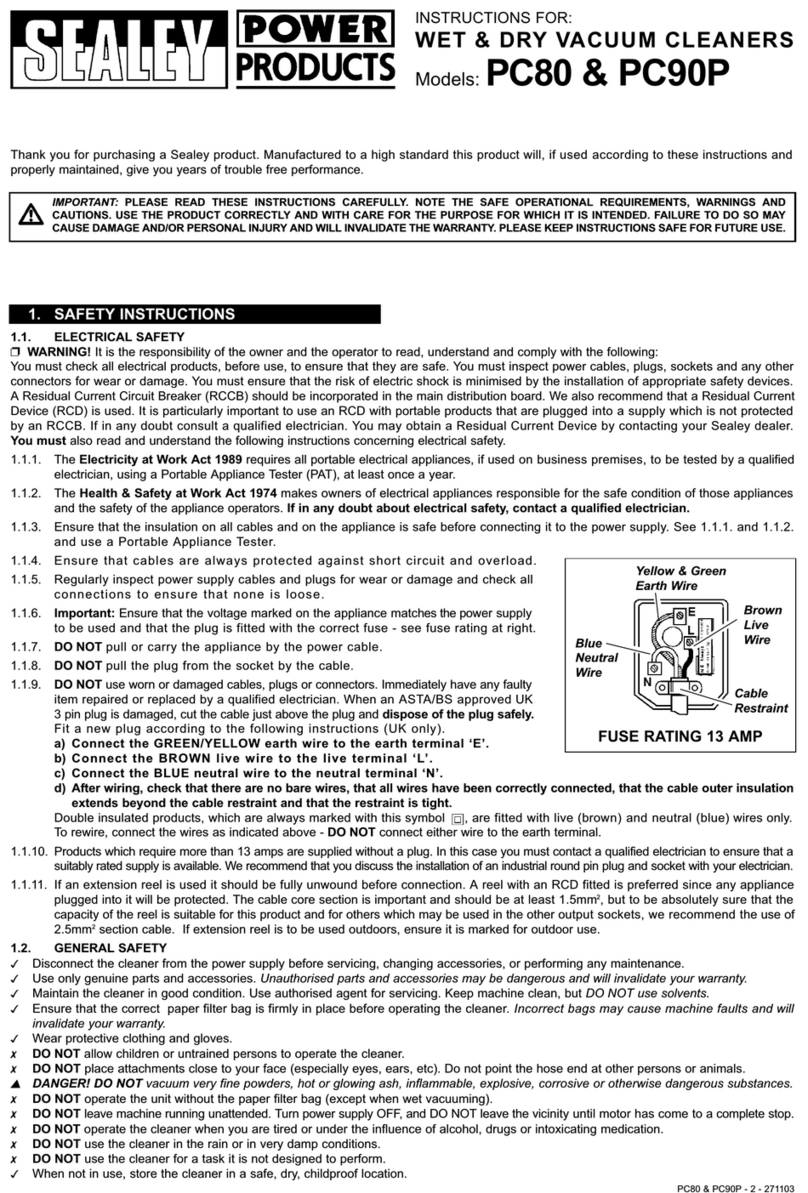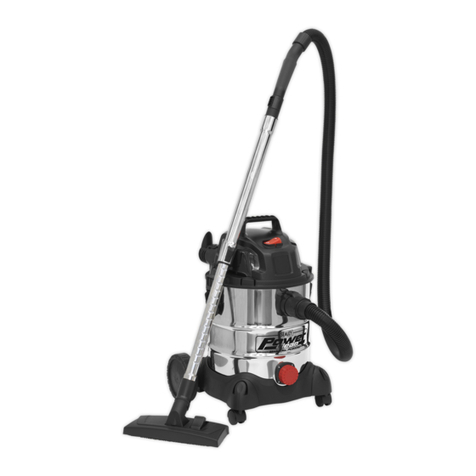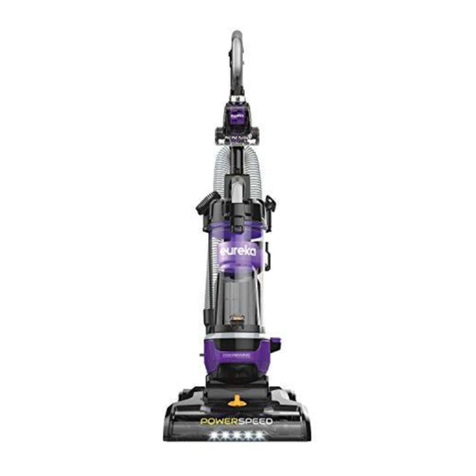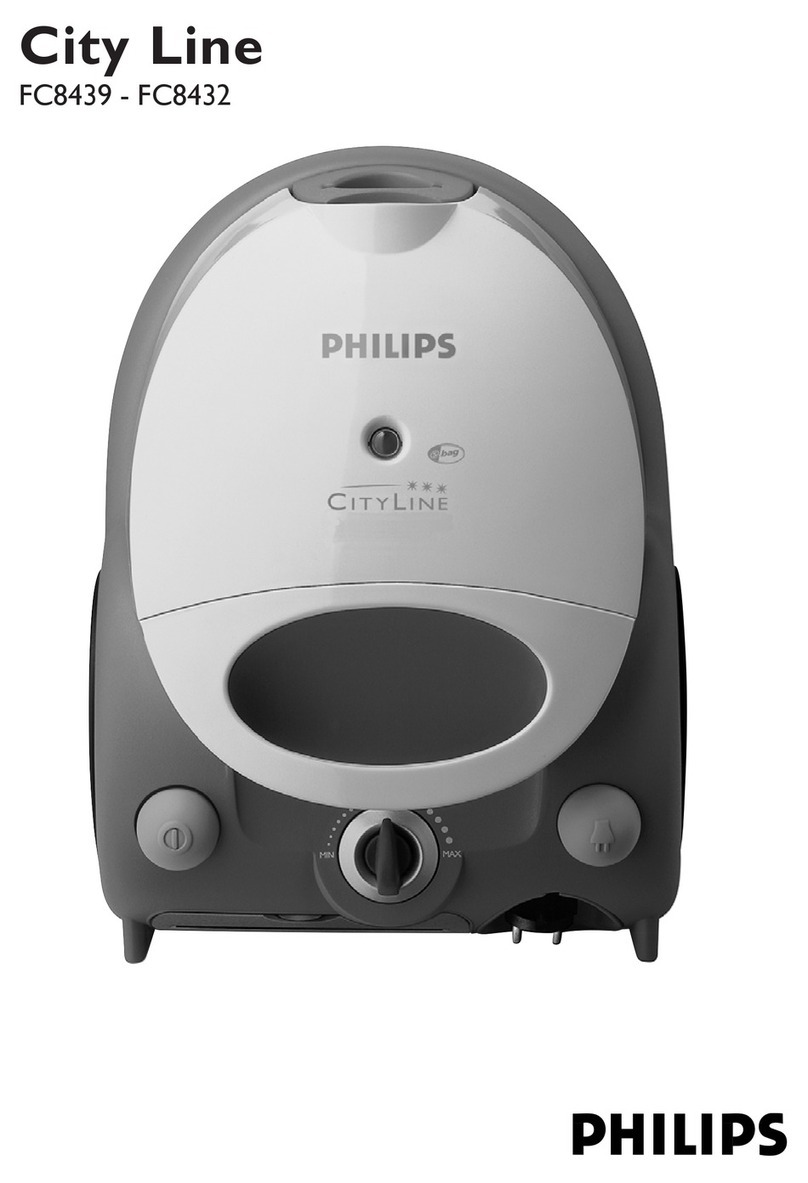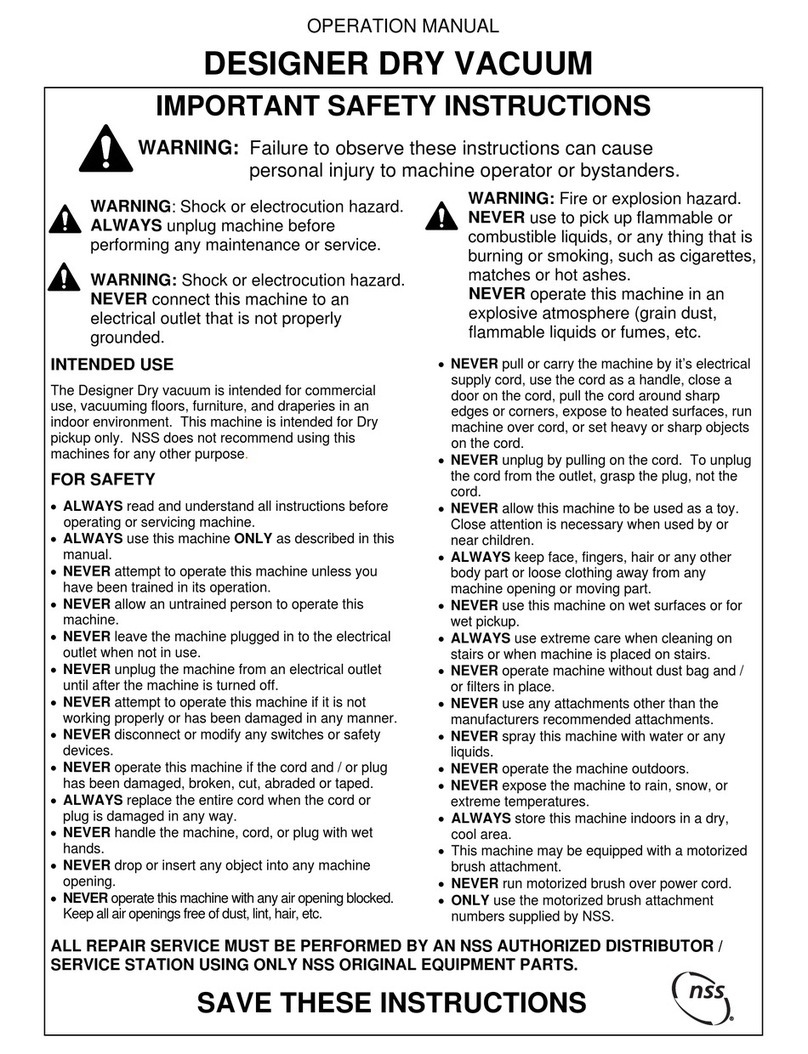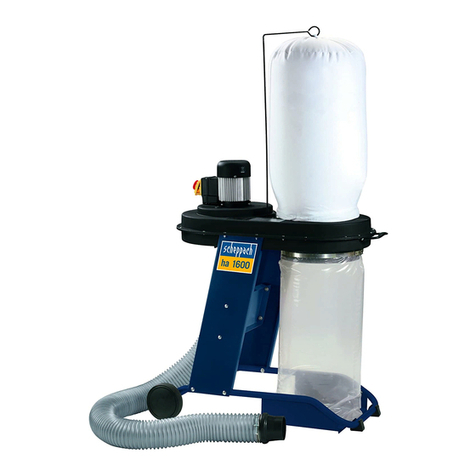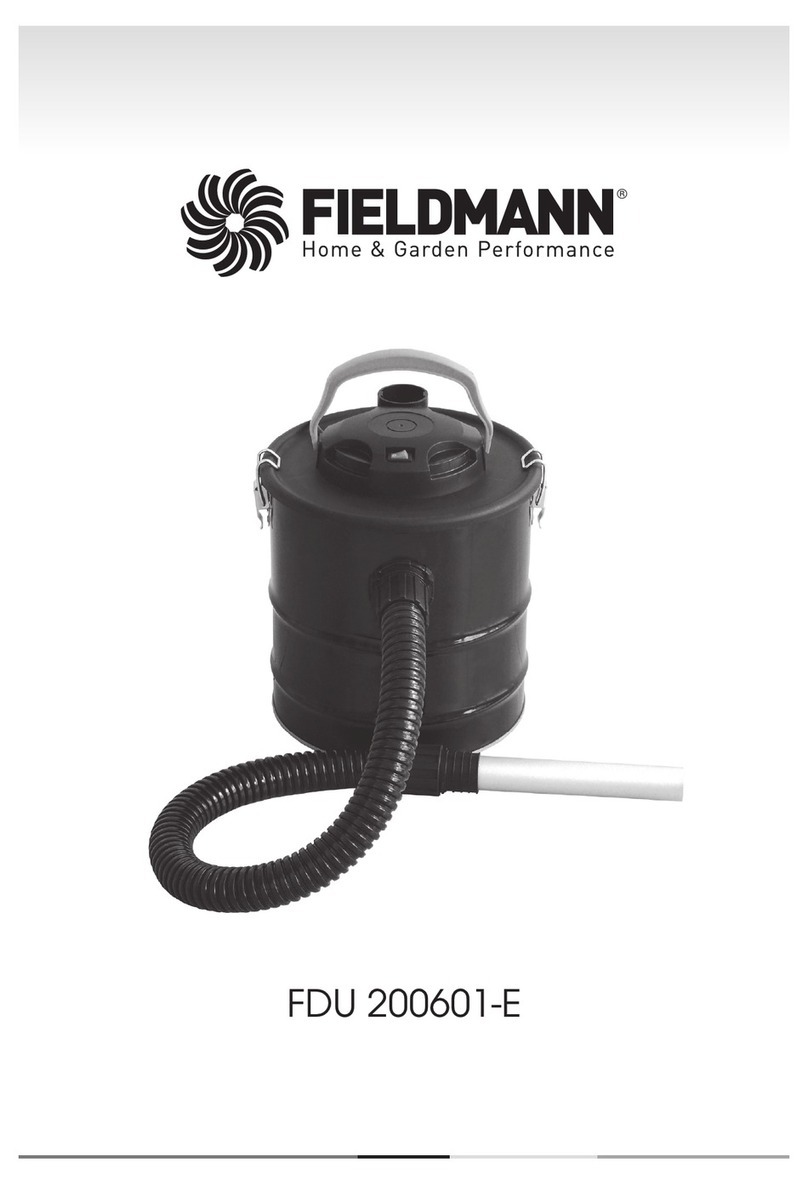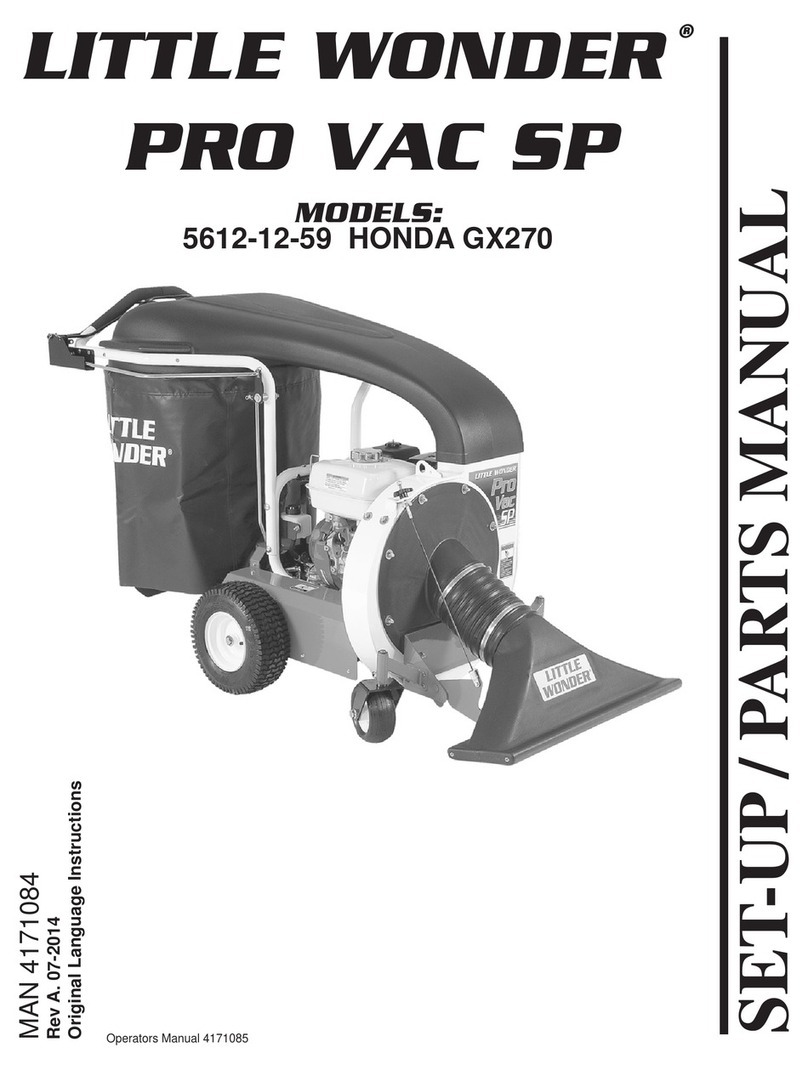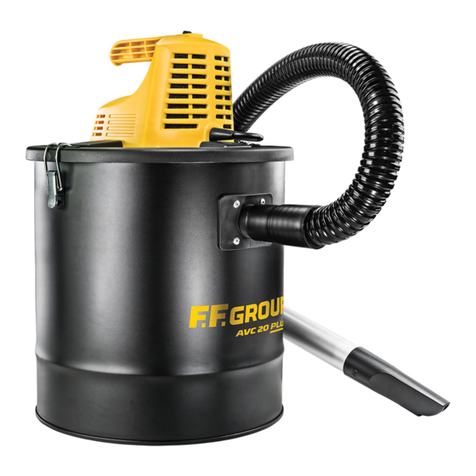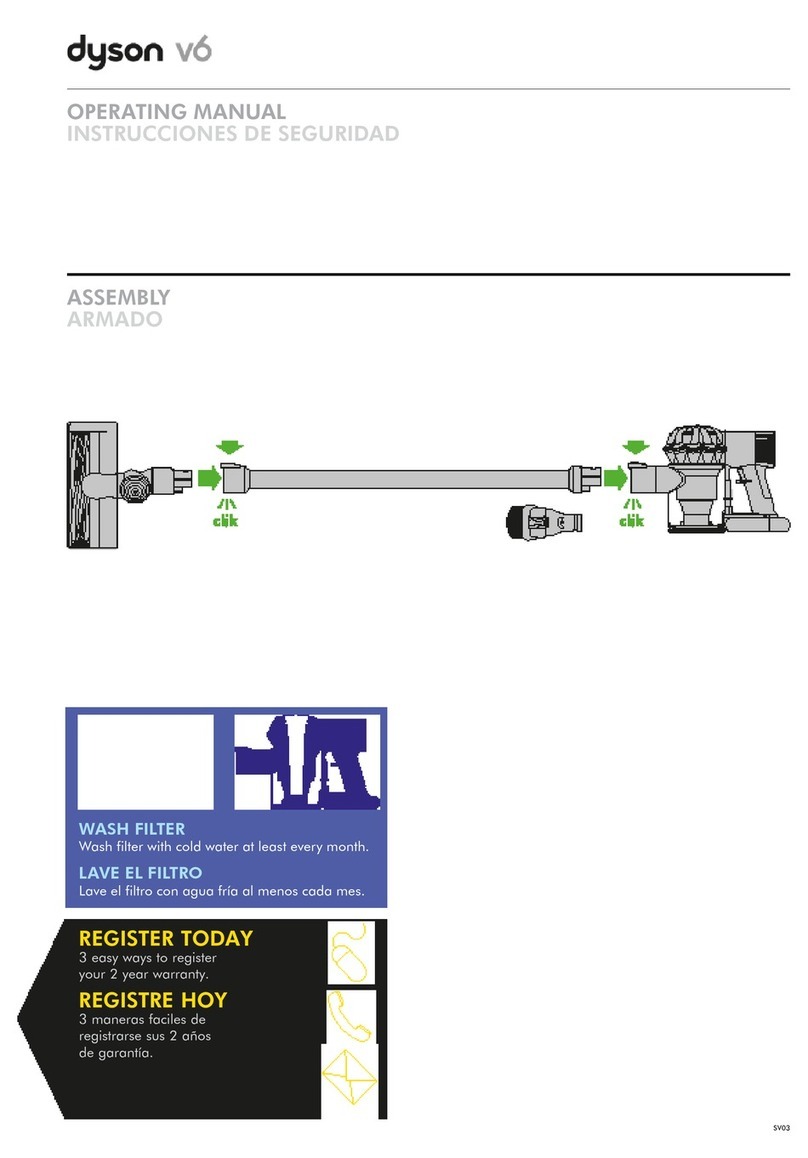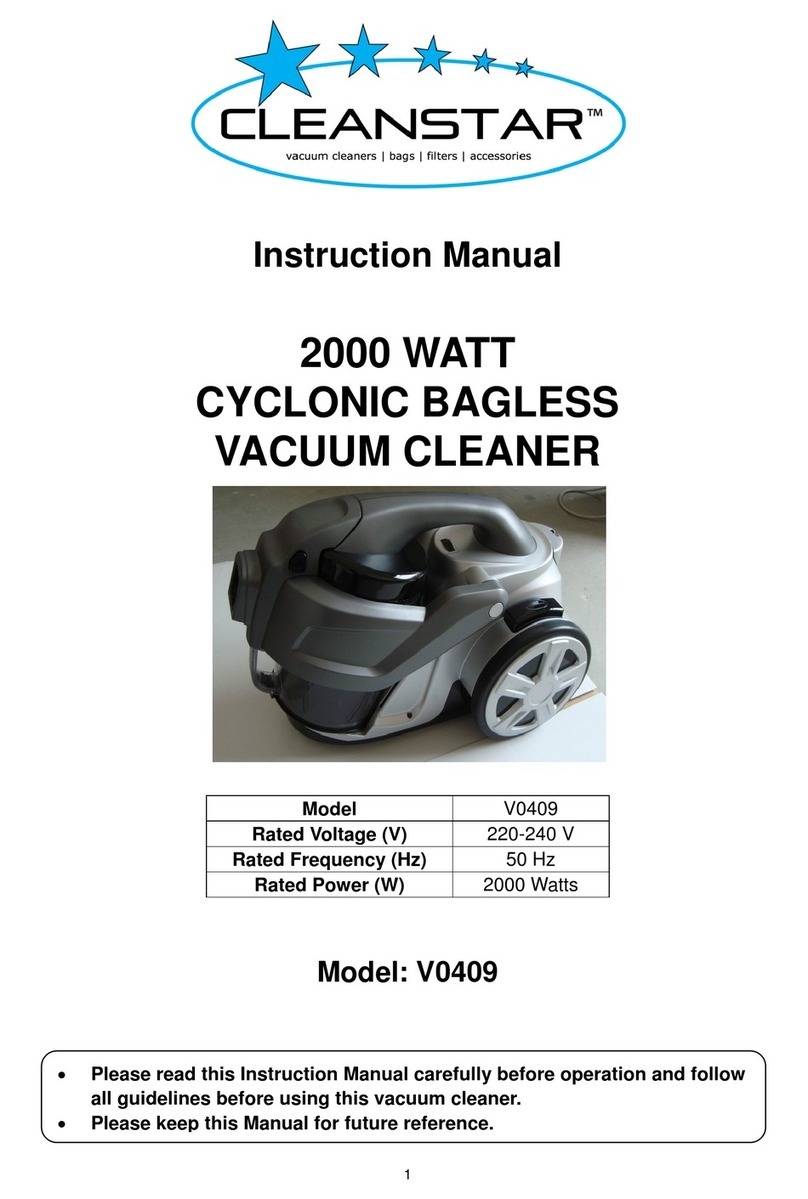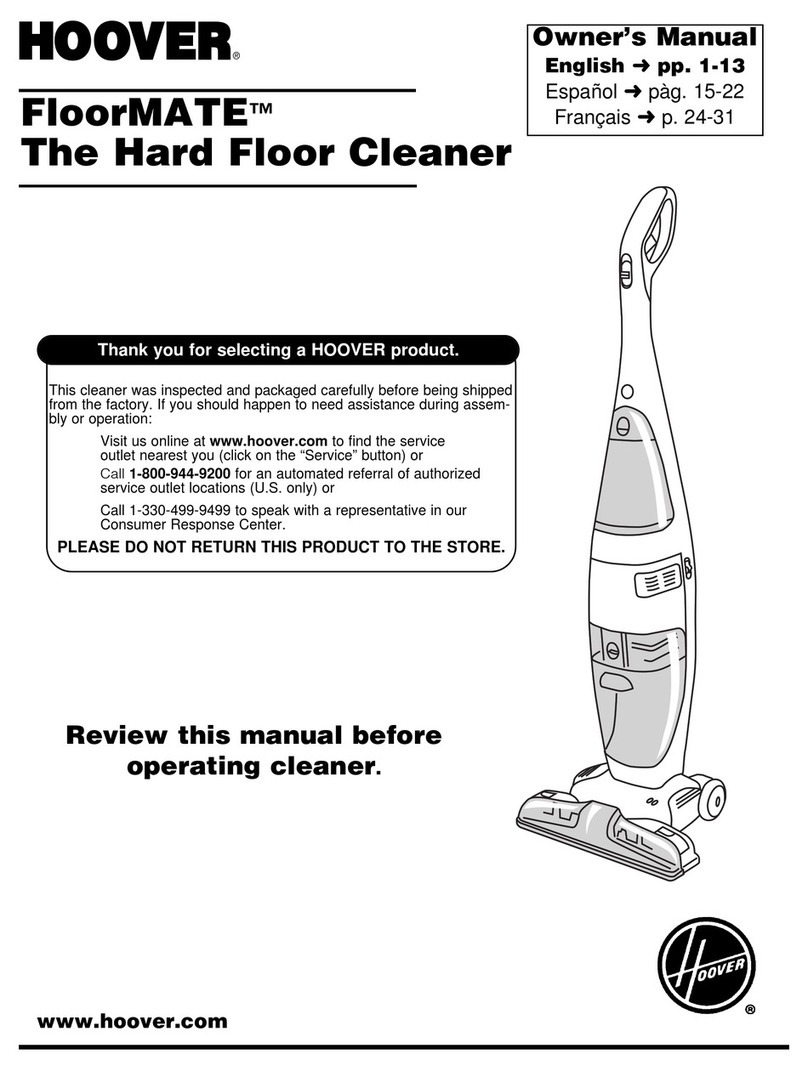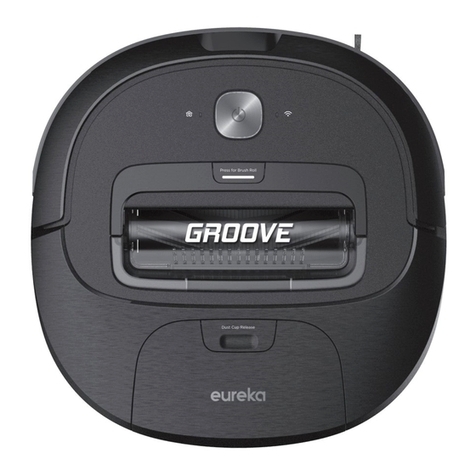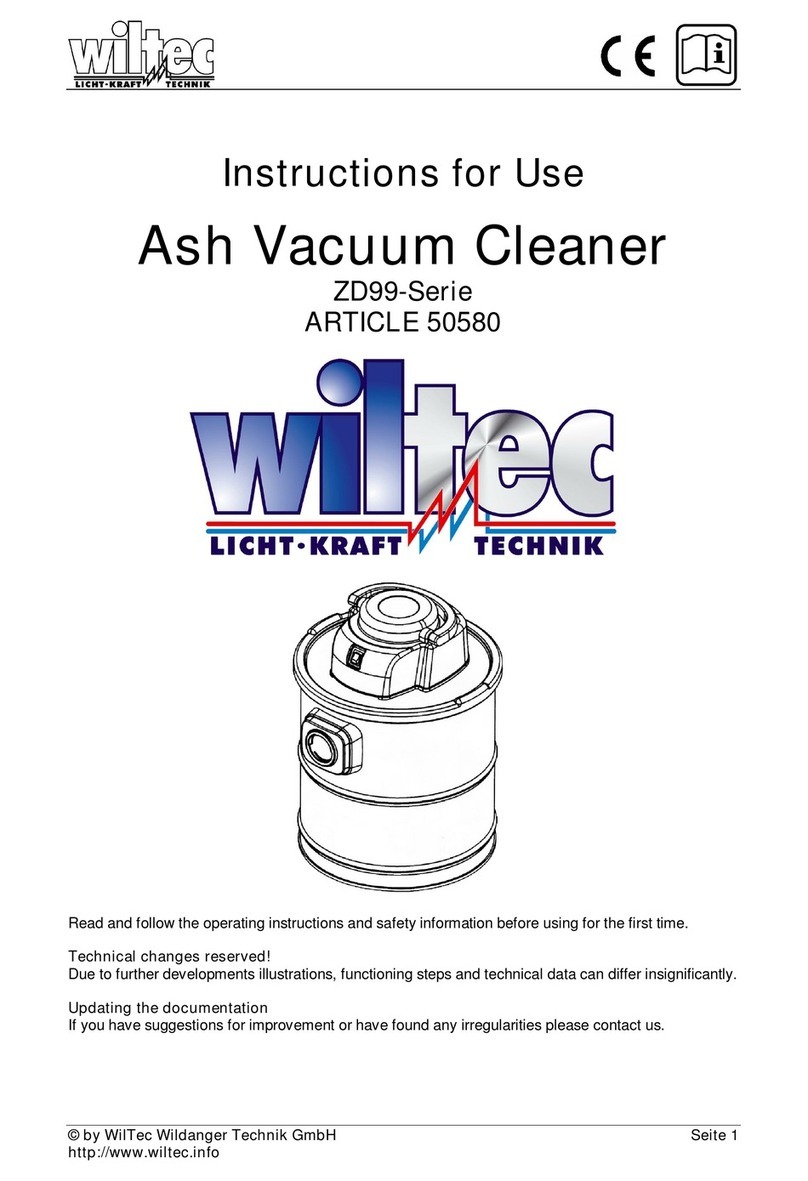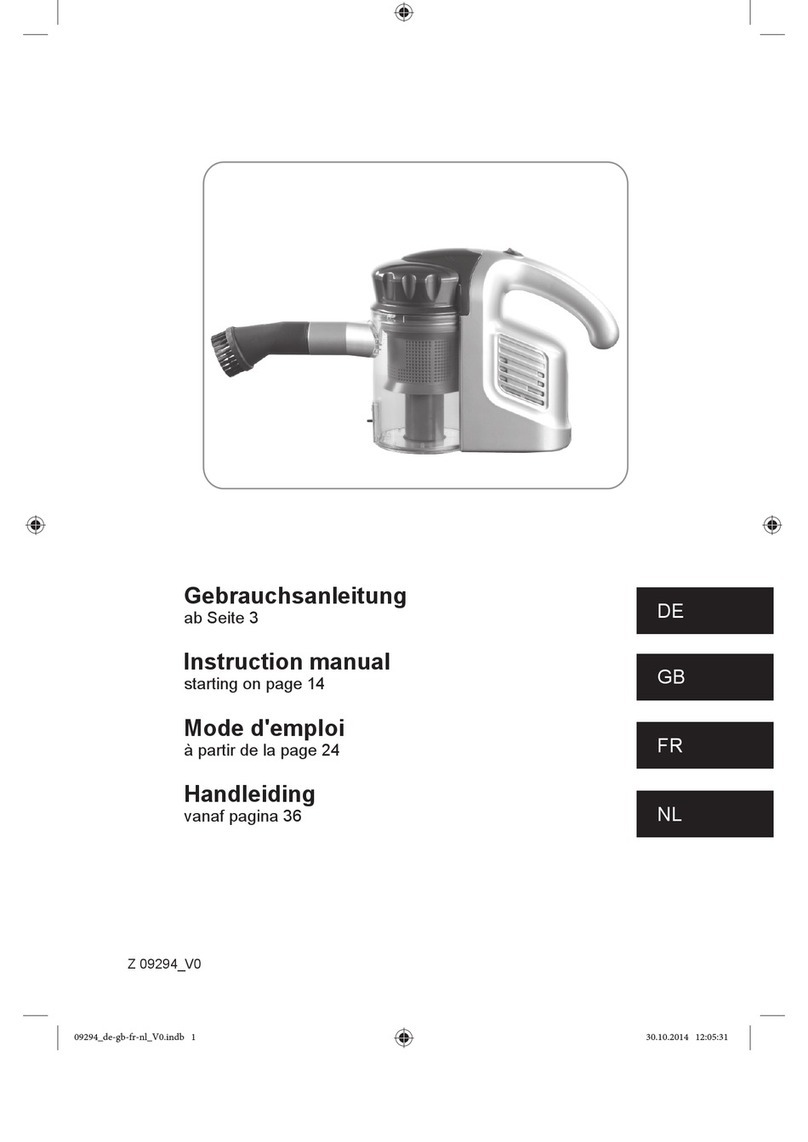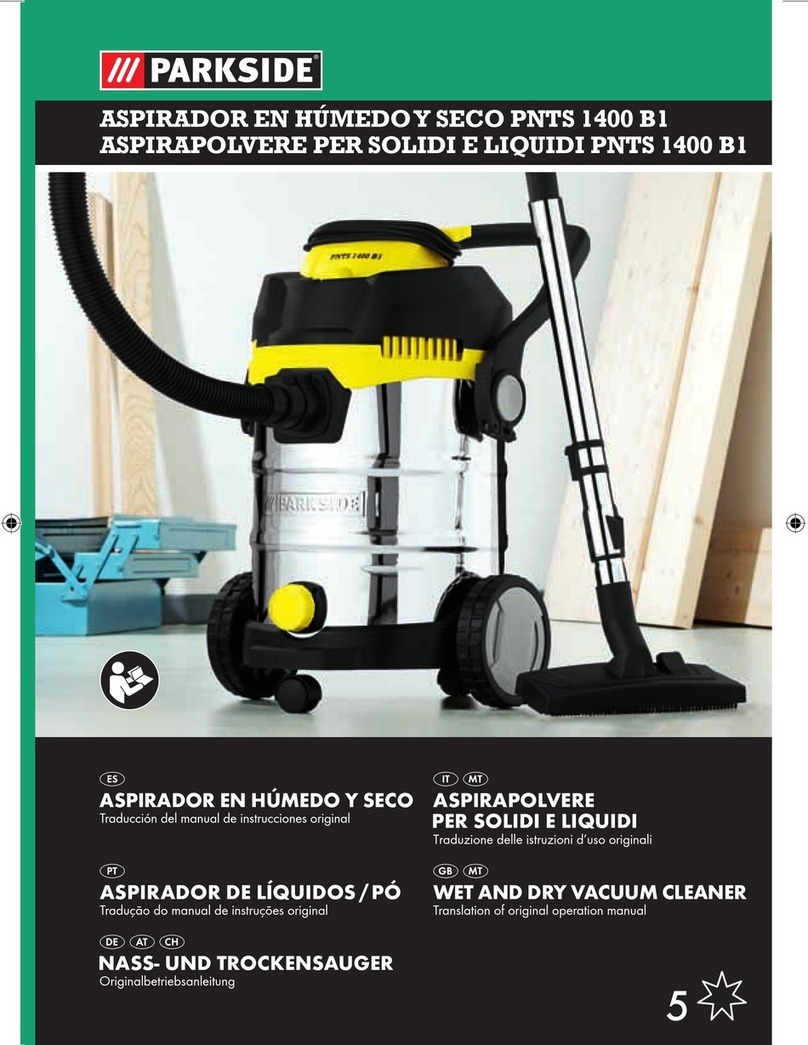Sealey DFS31A.V2 User manual

1.1 ELECTRICAL SAFETY
WARNING! It is the responsibility of the owner and the operator
to read, understand and comply with the following. You must
check all electrical products, before use, to ensure that they
are safe. You must inspect power cables, plugs, sockets and
any other connectors for wear or damage. You must ensure
that the risk of electric shock is minimised by the installation
of appropriate safety devices. A Residual Current Circuit
Breaker (RCCB) should be incorporated in the main distribution
board. We also recommend that a Residual Current Device
(RCD) is used. It is particularly important to use an RCD with
portable products that are plugged into a supply which is not
protected by an RCCB. If in any doubt consult a qualified
electrician. You may obtain a Residual Current Device by
contacting your Sealey dealer. You must also read and
understand the following instructions concerning
electrical safety.
1.1.1 The Electricity at Work Act 1989 requires that all portable
electrical appliances, if used on business premises, are tested
by a qualified electrician, using a Portable Appliance Tester
(PAT), at least once a year.
1.1.2 The Health & Safety at Work Act 1974 makes owners of
electrical appliances responsible for the safe condition of
those appliances and the safety of the appliance operators. If
in any doubt about electrical safety, contact a qualified
electrician.
1.1.3 Ensure that the insulation on all cables and on the appliance
is safe before connecting it to the power supply. See 1.1.1
and 1.1.2 and use a Portable Appliance Tester.
1.1.4 Ensure that cables are always protected against short circuit
and overload.
1.1.5 Regularly inspect power supply cables and plugs for wear or
damage and check all connections to ensure that none are loose.
1.1.6 Important: Ensure that the voltage marked on the appliance
matches the power supply to be used and that the plug is
fitted with the correct fuse - see fuse rating at below.
1.1.7 DO NOT pull or carry the appliance by the power cable.
1.1.8 DO NOT pull the plug from the socket by the cable.
1.1.9 DO NOT use worn or damaged cables, plugs or connectors.
Immediately have any faulty item repaired or replaced by a
qualified electrician. When a BS 1363/A UK 3 pin plug is
damaged, cut the cable just above the plug and dispose of
the plug safely. Fit a new plug according to the following
instructions (UK only).
a) Connect the GREEN/YELLOW earth wire to the earth
terminal ‘E’.
b) Connect the BROWN live wire to the live terminal ‘L’.
c) Connect the BLUE neutral wire to the neutral terminal ‘N’.
d) After wiring, check that there are no bare wires, that all
wires have been correctly connected, that the cable outer
insulation extends beyond the cable restraint and that the
restraint is tight.
Double insulated products, which are always marked with this
symbol , are fitted with live (brown) and neutral (blue) wires
only. To rewire, connect the wires as indicated above.
DO NOT connect either wire to the earth terminal.
1.1.10 Products which require more than 13 amps are supplied
without a plug. In this case you must contact a qualified
electrician to ensure that a suitably rated supply is available.
We recommend that you discuss the installation of an
industrial round pin plug and socket with your electrician.
1.1.11 If an extension reel is used it should be fully unwound before
connection. A reel with an RCD fitted is preferred since any
appliance plugged into it will be protected. The cable core
section is important and should be at least 1.5mm², but to be
absolutely sure that the capacity of the reel is suitable for this
product and for others which may be used in the other output
sockets, we recommend the use of 2.5mm² section cable.
1.2 GENERAL SAFETY
WARNING! Ensure that all relevant Health and Safety, Local
Authority, Control of Substances Hazardous to Health
(COSHH) and General Workshop Practice Regulations are
strictly adhered to when using this equipment.
Familiarise yourself with the applications, limitations and
hazards peculiar to the dust free vacuum system.
WARNING!Disconnect dust free vacuum system from mains
power and air supply before changing accessories, servicing
or performing maintenance.
Maintain the dust free vacuum system in good condition (use
an authorised service agent).
Replace or repair damaged parts. Use recommended parts
only. Unauthorised parts may be dangerous and will invalidate
the warranty.
Locate dust free vacuum system in a suitable work area.
Keep area clean and tidy and free from unrelated materials.
Ensure there is adequate lighting.
WARNING! Ensure correct air pressure is used, maintained,
and not exceeded for the sander attachment.
The air supply should be adequate for a minimum of 10.6cfm
free air delivery to the sanding tool. There should be a
minimum of 13cfm free air delivered to the air inlet of the dust
free vacuum system. We recommend the use of a 3HP (or
more) compressor.
Air supply must be delivered through a 3/8” internal diameter
air hose. If you use a 5/16” internal diameter the performance
of the tool may suffer.
Keep air hose away from heat, oil and sharp edges. Check air
hose for wear before each use, and ensure that all connections
are secure.
Before each use check attached tool for condition. If worn or
damaged replace immediately.
WARNING! The maximum wattage of any electrical tool
operated from the dust free vacuum system must not exceed
1200 watts.
Ensure there are no flammable or combustible materials near
the work area.
WARNING! Always wear appropriate approved eye, face, mask,
ear defenders, or protective clothing according to task being
undertaken.
Keep hands and body clear of the sanders working parts
when operating the dust free vacuum system.
Keep children and unauthorised persons away from the
working area, and DO NOT allow untrained persons to
operate the dust free vacuum system.
DO NOT use the dust free vacuum system for any purpose
other than that for which it is designed.
DO NOT pull or yank the electrical leads, air hoses or vacuum
extraction hoses attached to the dust free vacuum system.
1. SAFETY INSTRUCTIONS
FUSE RATING 10 AMP
Blue
Neutral
Wire
Yellow & Green
Earth Wire
Cable
Restraint
Brown
Live
Wire
INSTRUCTIONS FOR:
AUTOMATIC DUST FREE SYSTEM
MODEL No's: DFS31A.V2, DFS31B.V2
Thank you for purchasing a Sealey product. Manufactured to a high standard this product will, if used according to these instructions and
properly maintained, give you years of trouble free performance.
IMPORTANT:PLEASE READ THESE INSTRUCTIONS CAREFULLY. NOTE THE SAFE OPERATIONAL REQUIREMENTS, WARNINGS, AND
CAUTIONS. USE THIS PRODUCT CORRECTLY, AND WITH CARE FOR THE PURPOSE FOR WHICH IT IS INTENDED. FAILURE TO DO SO
MAY CAUSE DAMAGE AND/OR PERSONAL INJURY AND WILL INVALIDATE THE WARRANTY.
Original Language Version DFS31A.V2, DFS31B.V2 Issue: 3 - 07/04/10

4.1 Connecting an Air Operated Tool.
IMPORTANT: See section 5 for details of external air
supply system.
4.1.1 Take the 'Y' connector, see 3 in figs. 2 & 3 and insert it into
the intake socket at the base of the machine as shown in
fig.3. Close off one branch of the 'Y' connector using the cap
on the chain as shown in fig.3-4.
4.1.2 Take the light grey combined suction and air hose (fig.1-11)
and push the rubber fitting onto the other branch of the 'Y'
connector as shown in fig.3-2. Connect the air hose to the
units air outlet as shown in fig.3-1.
4.1.3 Connect the other end of the suction hose to the air tool
(fig.1-E). Connect the air hose to the tool’s air coupling
(fig.1-F)
4.1.4 Fit an external air line system onto the vacuum system air
inlet (fig.1). See section 5 for air supply information. Seal
and retain with a hose clip and turn the air supply on.
4.1.5 Take the vacuum system’s electrical cable and plug into the
mains power supply and switch the power on.
4.1.6 Press the operating switch to the “Automatic” mode (II). The
red standby light will illuminate. See 3 & 4 in fig.5.
4.1.7 The unit is now ready for use and will automatically activate
when you turn the tool on.
DO NOT get the dust free vacuum system wet or use in damp
or wet locations.
WARNING! DO NOT use the dust free vacuum system to
vacuum combustible, poisonous or toxic materials, including
acids, solvents and asbestos.
DO NOT operate the dust free vacuum system when you are
tired or under the influence of alcohol, drugs or intoxicating
medication.
DO NOT leave the dust free vacuum system operating
unattended.
Ensure the system is regularly emptied and the filter is
cleaned. Failure to do so may damage the unit and invalidate
your warranty.
When not in use turn off the mains power supply and ensure
the air supply is turned off.
WARNING! Ensure you turn off the air supply before
detaching the air hose from the vacuum system.
Dispose of waste products in accordance with local authority
regulations.
Store the dust free vacuum system in a safe, dry, childproof
area.
2. INTRODUCTION & SPECIFICATION
Tough, composite bin and motor housing are suitable for industrial/
body shop applications. Fitted with microchip controlled electric and
air supply circuit which monitors power/air to the power tool and
automatically activates the suction. The same microchip overruns the
suction by 10 seconds to clear the hoses of dust. Supplied with a
combined air/vacuum hose to minimise trailing hoses. All DFS
models require an independent power/air supply. Model DFS31A is
complete with a dust free air sander (MA150AS). Model DFS31B is
without sander.
3. CONTENTS
4. ASSEMBLY
3.1 Contents.
(Shown In figs.1 & 2)
Carefully unpack the product and check contents against the list
below. Should there be any damaged or missing parts contact your
supplier immediately.
1.Extension Tube.
2.Extension Tube.
3.'Y' Connector.
4.Small brush.
5.Floor tool body.
6.Floor tool brush insert.
7.Floor tool carpet insert.
8.Crevice tool.
9.Hose connector elbow.
10.Standard flexible hose.
11.Combined Air and Dust Extraction Hoses.
12.Power Head.
13.Main Body Unit.
14. Air Sander Model MA150AS.
(DFS31A.V2 only, not supplied with the DFS31B.V2).
Supply...........................................................................................230V
Motor Power .............................................................................1000W
Power Tool Capacity..................................................................1200W
Weight (inc. sander).....................................................................7.4kg
Replacement Filter.............................................................. 122.00124
Drum Volume................................................................................. 16ltr
Hose Diameter ........................................................................... 28mm
fig.1
fig.2
Original Language Version DFS31A.V2, DFS31B.V2Issue: 3 - 07/04/10

4.3 To use as an ordinary vacuum cleaner.
4.3.1 Firstly attach the hose connector elbow (fig.2-9) to the plain
end of the black flexible hose (fig.2-10). To do this, push the
hose into the open end of the elbow and turn the rotating
sleeve anti-clockwise until it threads tightly onto the hose end.
4.3.2 Referring to fig.6, assemble either the carpet insert (6) or the
brush insert (7) into the floor tool body (5). Place the insert
into the lower opening of the floor tool body and snap the
tabs at either end into place to secure it.
4.3.3 If still in place detach the “Y” connector from the unit by
using the red ribbed release catch. See 5 in fig.3. Insert the
black vacuum hose directly into the unit intake until it snaps
into place.
4.3.4 Attach the required accessories to the hose connector elbow.
4.3.5 Plug the unit into the mains power supply.
4.3.6 When the switch is set to manual (I), see fig.5, this will start
the suction.
4.2 Connecting an Electrically operated tool.
IMPORTANT: If a compressor or a workshop air supply is
connected to the unit disconnect it now.
4.2.1 Take the 'Y' connector, see 3 in figs. 2 & 3 and insert it into
the intake socket at the base of the machine as shown in
fig.3. Close off one branch of the 'Y' connector using the cap
on the chain as shown in fig.3-4.
4.2.2 Take the light grey combined suction and air hose (fig.1-11)
and push the rubber fitting onto the other branch of the 'Y'
connector as shown in fig.3-2. DO NOT connect the air line
hose to the unit.
4.2.3 Connect the other end of the suction hose to the electric tool
as shown above in fig.4. If necessary, tie or tape the
redundant air line to the suction hose to keep it out of the way.
4.2.4 Lift the socket cover and plug the tool’s electrical cable into
the vacuum system’s power socket as shown in fig.5-1&2.
WARNING! DO NOT plug the tool into any electrical supply
other than the vacuum system’s.
4.2.5 Take the vacuum system’s electrical cable and plug into the
mains power supply and switch the power on.
4.2.6 Press the operating switch to the “Automatic” mode (II). The
red standby light will illuminate. See 3 & 4 in fig.5.
4.2.7 The unit is now ready for use and will automatically activate
when you turn the tool on.
fig.5
fig.6
fig.3
fig.4
The recommended hook-up procedure is shown in fig.7.
WARNING! Ensure correct air pressure is used, maintained
and not exceeded for the sander attachment.
Air supply should be adequate for a minimum of 10.6cfm free
air delivery to the sanding tool. This should be a minimum of
13cfm free air delivered to the air inlet of the dust free
vacuum system. We recommend use of a 3hp (or more)
compressor to operate an air tool.
Air supply must be delivered through a 3/8” internal diameter
air hose and fittings must have the same inside dimensions.
If you use a 5/16” internal diameter the performance of the
tool may suffer.
5.1 Ensure the air valve is in the "off" position before connecting
to the air supply.
WARNING! Ensure the air supply does not exceed 90psi
while operating the sander. Too high an air pressure and
unclean air will shorten the product life due to excessive wear,
and may be dangerous causing damage and/or personal injury.
5.2 Drain the air tank daily. Water in the air line will damage the tool.
5.3 Clean the air inlet filter screen weekly.
5.4 Line pressure should be increased to compensate for
unusually long air hoses (over 8 metres).
5.5 Keep hose away from heat, oil and sharp edges. Check hoses
for wear and make certain that all connections are secure.
5. AIR SUPPLY
fig.7
Original Language Version DFS31A.V2, DFS31B.V2Issue: 3 - 07/04/10

6. OPERATING INSTRUCTIONS
WARNING! Ensure you have read and understood and
adhere to Section 1 safety instructions. Ensure you are
using the personal protection items appropriate to the task
before operating the unit and before opening the vacuum
system drum.
NOTE: The system is designed to run only one tool at a time.
6.1 Preparation for use.
6.1.1 Ensure that the vacuum system is unplugged from the mains
power supply and the air supply.
6.1.2 Check that dust bag will accommodate dust generated and
that the filter is in good condition (see 6.3. for bag and filter
removal).
6.1.3 Check the vacuum system and attached tools are in good
working order and condition and all air and electrical
connections are sound.
6.1.4 Check that the operating switch is moved to the automatic
mode (II) when using as a dust free system.
6.1.5 Turn the electrical mains power on and the external air
supply if required.
6.2 Operating the system.
6.2.1 Make the tool ready for use and operate the tool which in
turn will automatically activate the dust vacuum system.
When the tool is activated the red standby light will go out.
Whilst performing the task the vacuum system will draw the
dust up into the unit.
6.2.2 When you turn off the tool, the vacuum system will continue
to operate for approximately a further 10 seconds drawing up
any remaining dust.
6.2.3 Any dust that still remains thereafter may be collected by
using the system as an ordinary vacuum cleaner. To do so
switch the Operating button (fig.5) to “Stop” “0” mode, turn off
the air supply system (if connected) and remove all air hoses.
6.2.4 Disconnect the mains power lead and transport the vacuum
system to appropriate area for use. Set up as a vacuum
cleaner as described in section 4.3.
6.2.5 Plug into the mains power supply. Move the operating
switch (fig.5) to the manual mode (I). The unit will continue to
operate until you switch it off by moving the power switch
back to the central “0” position.
6.3 Cleaning the vacuum system.
The dust bag may be emptied at any time as required (follow
steps below). It is important to ensure however that the dust
bag is not filled to more than 2/3rd capacity.
6.3.1 Undo the clips on the side of the vacuum system drum and
remove the motor head. Gently place the motor unit in a safe
clean location. Remove the filter from the top of the drum and
keep safe and dry.
6.3.2 Check that the dust collection bag has enough free space to
collect the dust that will be generated by the next task (the
bag is designed to accommodate dust up to a maximum of
2/3rd of total capacity and this must not be exceeded). To
remove the bag, hold the cardboard and rubber retainer that
fits around the inlet socket and gently pull the bag away from
it. Dispose of the bag and contents according to local
regulations. If the vacuum system is in constant use, we
recommend that the paper bag is checked everyday and
automatically replaced at the end of each operating week. To
refit the dust bag ensure the inlet collar is pushed fully onto
the inlet socket.
6.3.3 Take the drum filter and shake it in an appropriate safe area
to expel any dust particles thus prolonging the life of your
equipment. We recommend that the filter is cleaned after
every 10 hours operation. Check filter is in good condition
and replace it into the drum. Replace the motor head with
power switch (fig.5) aligned with the suction inlet socket and
secure it with the side clips.
NOTE: Blocked filters and/or over filled bags may damage the
motor and will invalidate your warranty.
WARNING! DO NOT operate the system without a filter or
dust bag. Always ensure you use authorised spares,
filters and bag. Contact your Sealey dealer for details.
WARNING: The warnings, cautions and instructions
discussed in this instruction manual cannot cover all
possible conditions and situations that may occur. It
must be understood that common sense and caution are
factors which cannot be built into this product, but must
be applied by the operator.
NOTE: It is our policy to continually improve products and as such we reserve the right to alter data, specifications and component parts without prior notice.
IMPORTANT: No liability is accepted for incorrect use of this product.
WARRANTY: Guarantee is 12 months from purchase date, proof of which will be required for any claim.
INFORMATION: For a copy of our latest catalogue and promotions call us on 01284 757525 and leave your full name and address, including postcode.
01284 757500
01284 703534
sales@sealey.co.uk
Sole UK Distributor, Sealey Group,
Kempson Way, Suffolk Business Park,
Bury St. Edmunds, Suffolk,
IP32 7AR
www.sealey.co.uk
Web
email
Original Language Version DFS31A.V2, DFS31B.V2Issue: 3 - 07/04/10
This manual suits for next models
1
Other Sealey Vacuum Cleaner manuals

Sealey
Sealey PC477 User manual
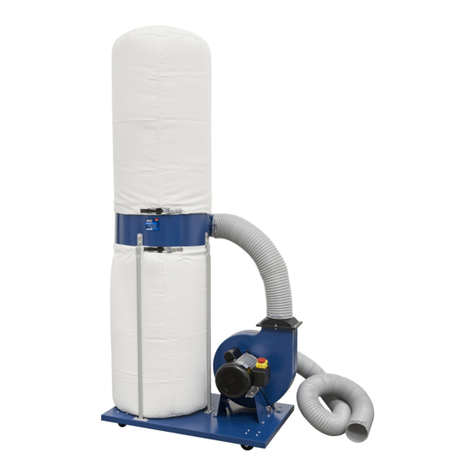
Sealey
Sealey SM47.V3 User manual
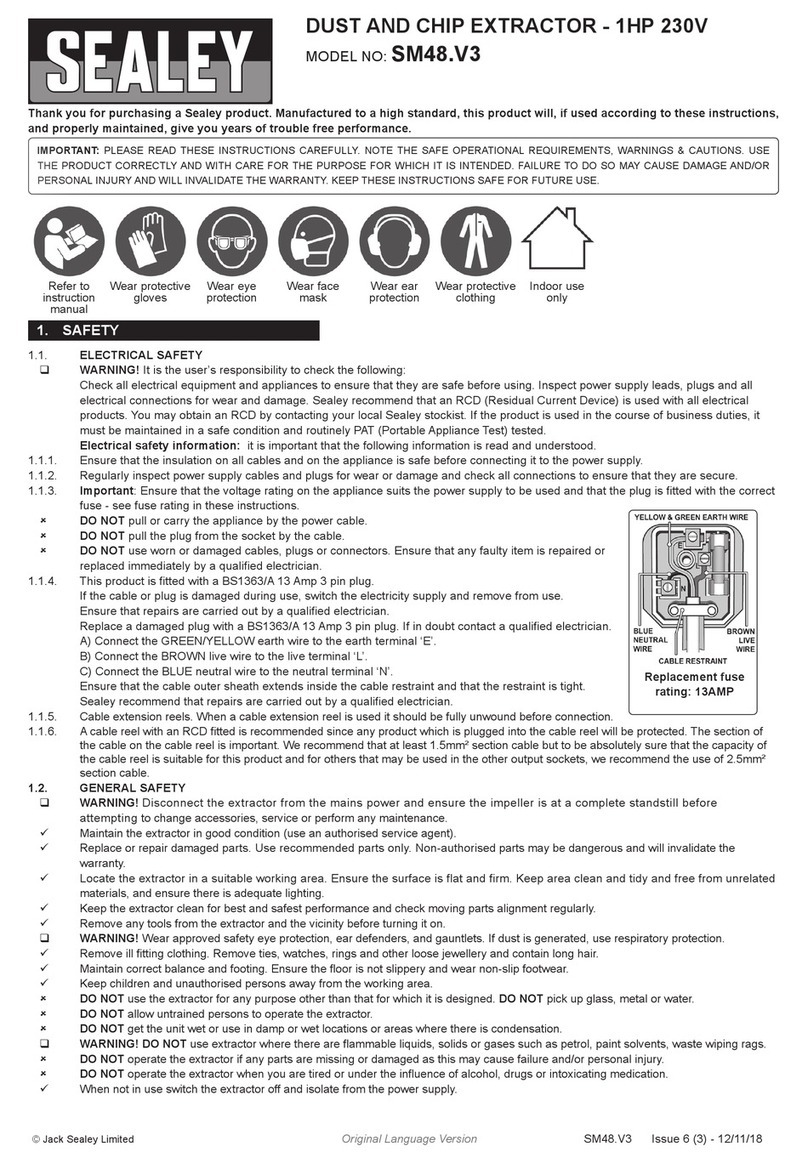
Sealey
Sealey SM48.V3 User manual
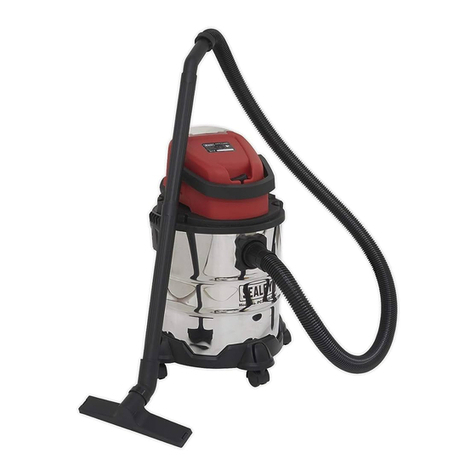
Sealey
Sealey PC20SD20V User manual
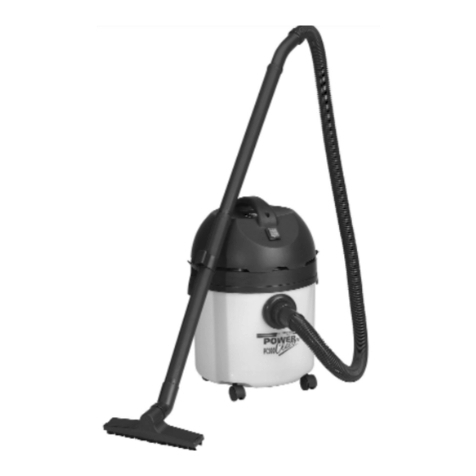
Sealey
Sealey POWER PRODUCTS PC200.V2 User manual

Sealey
Sealey CP20VAV User manual
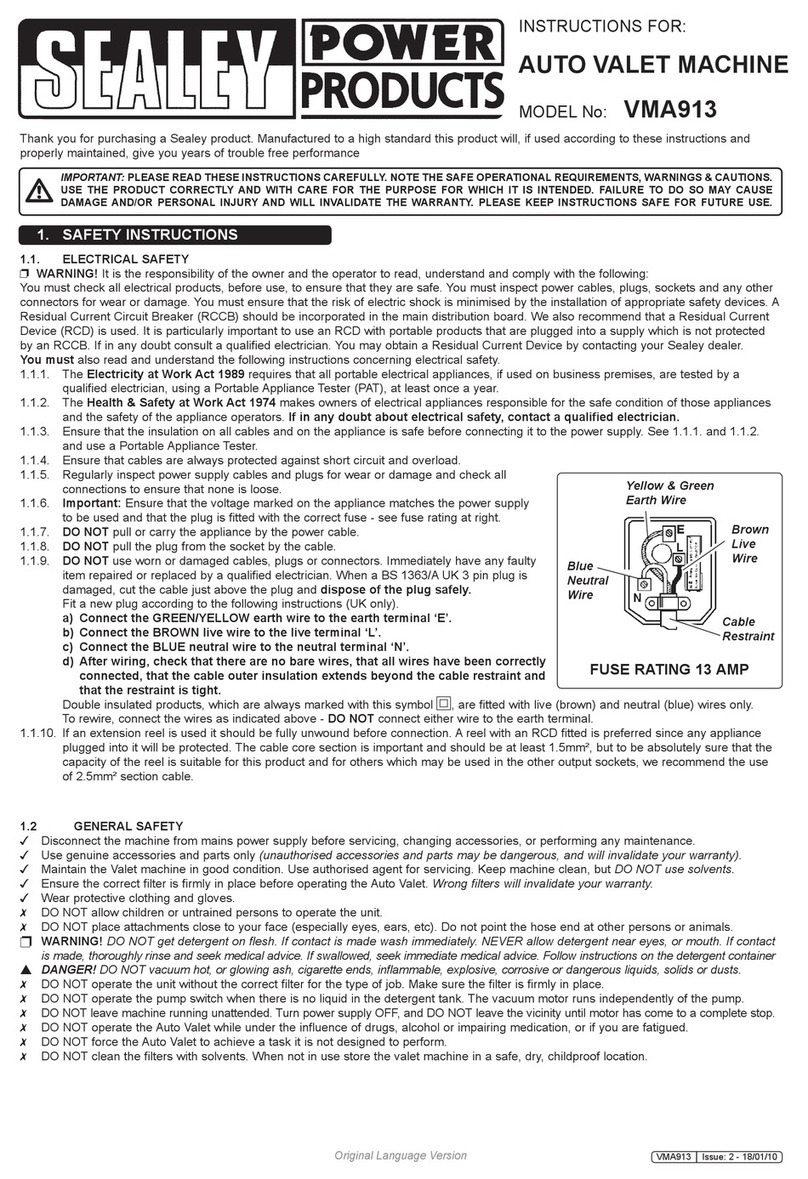
Sealey
Sealey VMA913 User manual

Sealey
Sealey PC300SDAUTO.V3 User manual
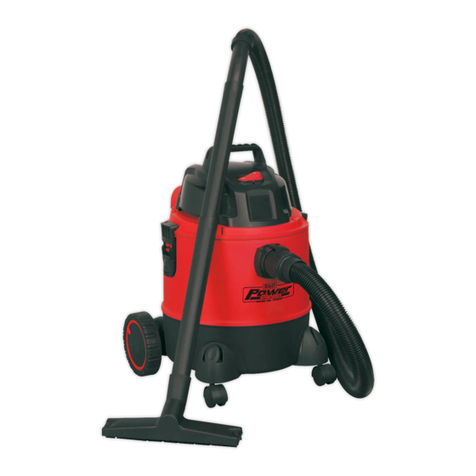
Sealey
Sealey PC200.V3 User manual
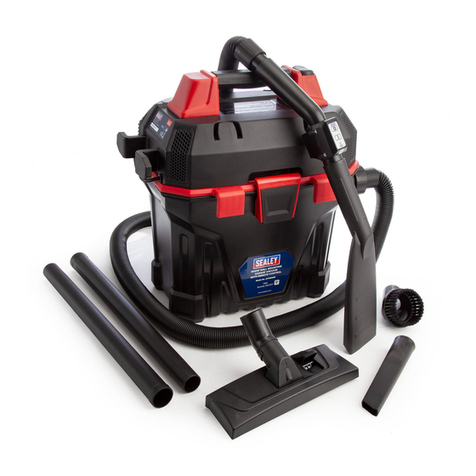
Sealey
Sealey GV180WM User manual
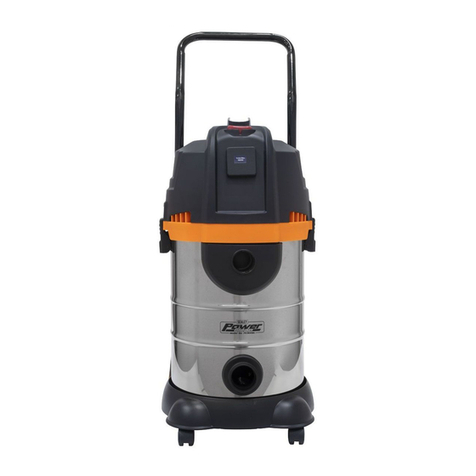
Sealey
Sealey PC300BL User manual

Sealey
Sealey SA317.V2 User manual

Sealey
Sealey CPV144 User manual

Sealey
Sealey PC20LN User manual
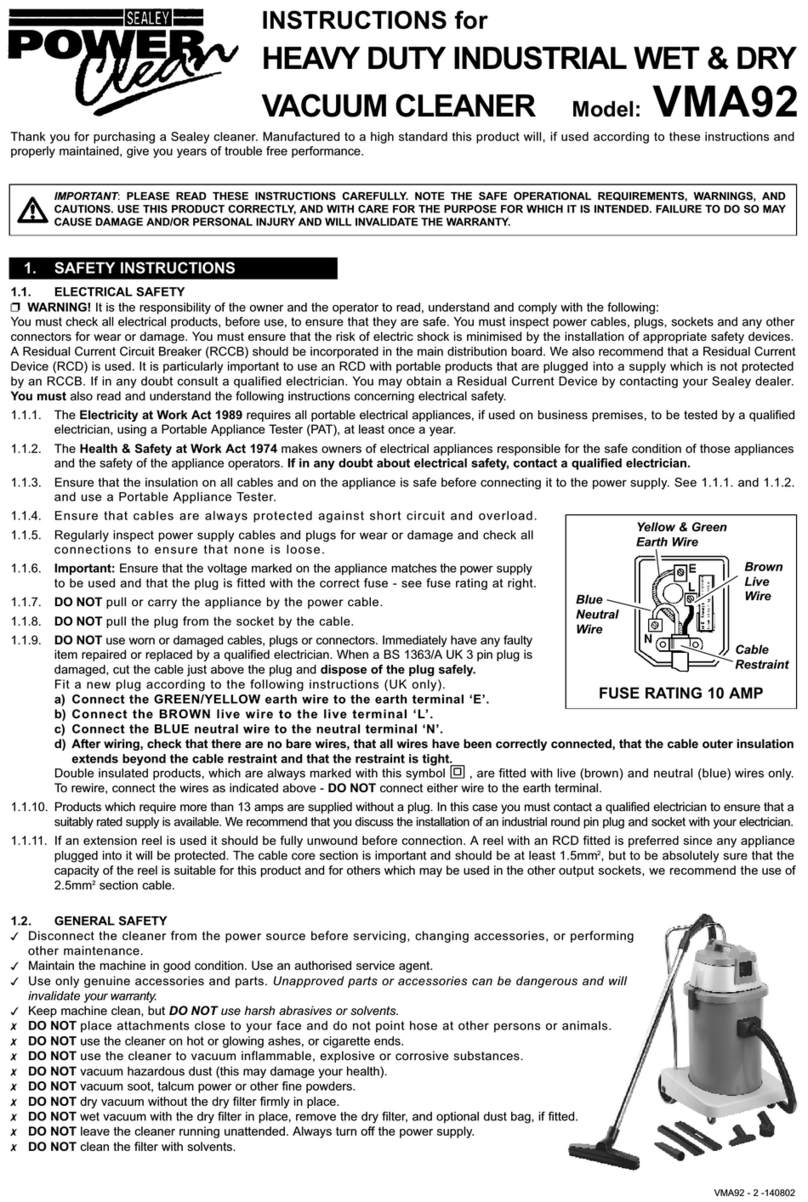
Sealey
Sealey Power Clean VMA92 User manual

Sealey
Sealey PC150A User manual

Sealey
Sealey VMA92.V2 User manual
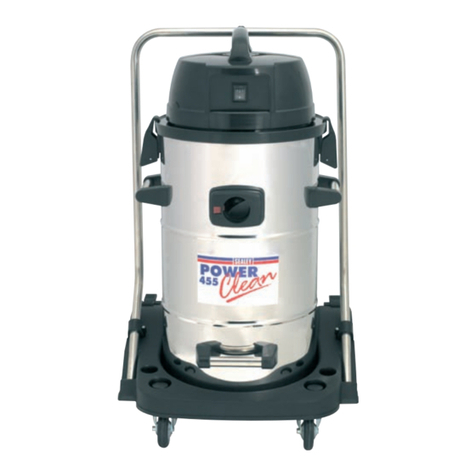
Sealey
Sealey PC455 User manual
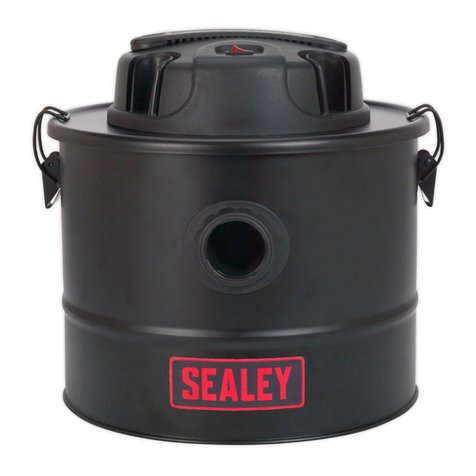
Sealey
Sealey PC150A User manual
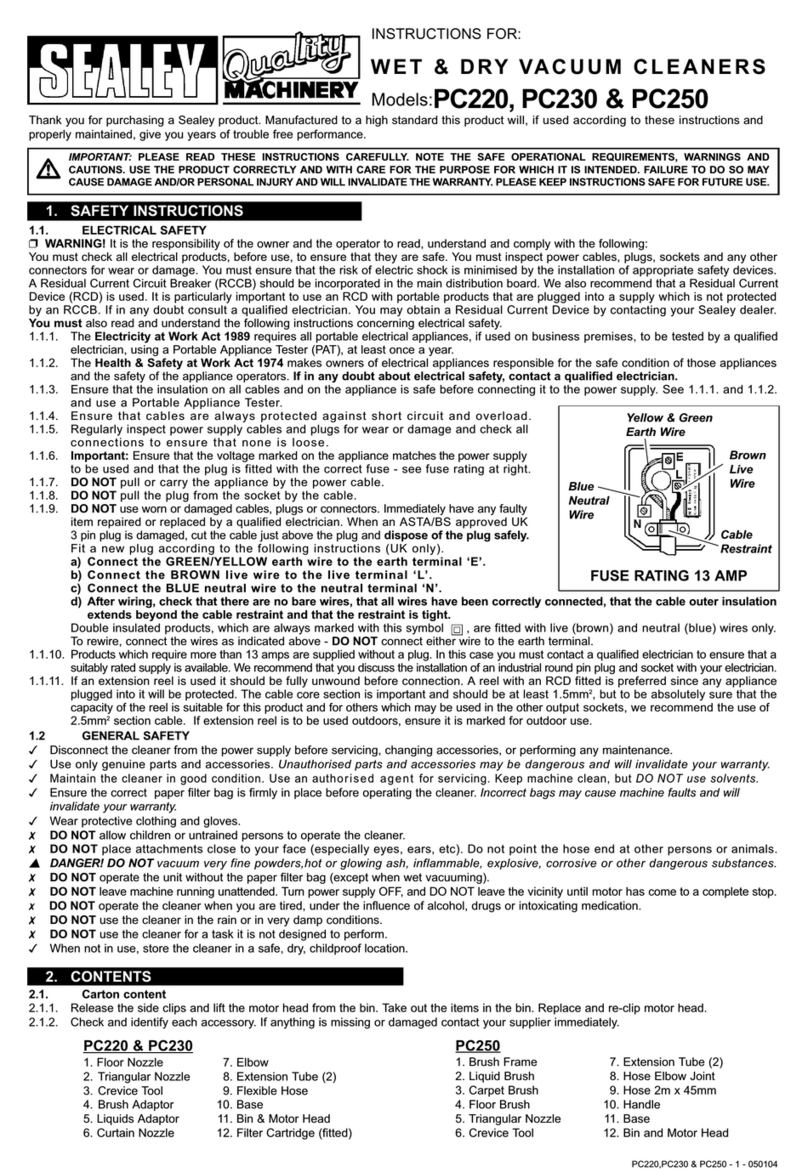
Sealey
Sealey PC220 User manual


